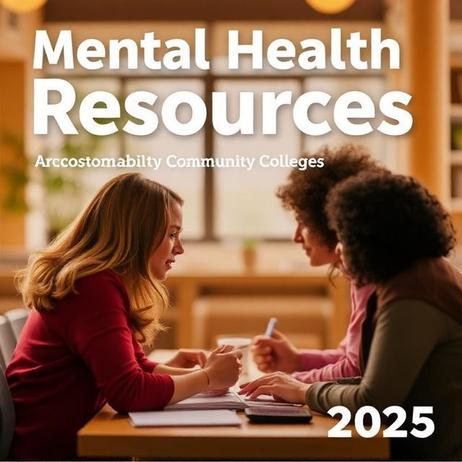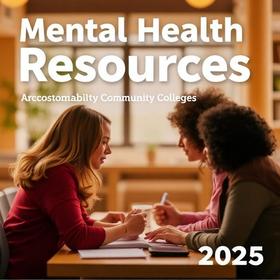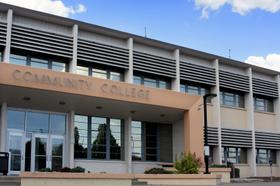2025 FAFSA Changes Explained: What Community College Students Must Know Before Applying
The Free Application for Federal Student Aid (FAFSA) remains the foundation of federal student aid eligibility, including grants, work-study, and loans for community college students. For the 2025–26 academic year, the FAFSA system continues to evolve under the FAFSA Simplification Act, introducing major changes to how students apply and how eligibility is calculated. Whether you are a first-time applicant, a returning student, or a parent helping your student prepare, this guide breaks down what you need to know before completing the 2025 FAFSA.
Introduction to Key 2025 FAFSA Changes
Federal student aid received its most significant overhaul in decades, beginning with the 2024–25 award year, and many of those transformations carry into 2025. These changes aim to simplify the application process, expand access to aid like the Pell Grant, and create a more transparent eligibility system for applicants.
Key shifts for 2025 include:
A streamlined application with fewer questions.
Replacement of the Expected Family Contribution (EFC) with the Student Aid Index (SAI).
Updated deadlines and processing expectations.
Expanded eligibility criteria for federal grant programs. U.S. Department of Education
Understanding these changes early can help community college students boost their chances of securing need-based aid and avoid common filing pitfalls.
What Changed in the FAFSA





















